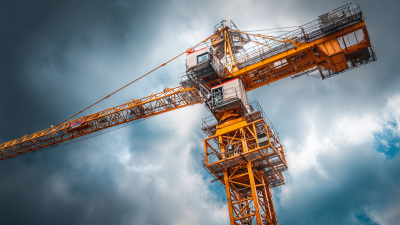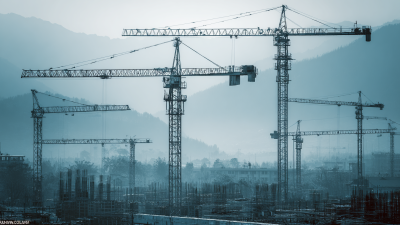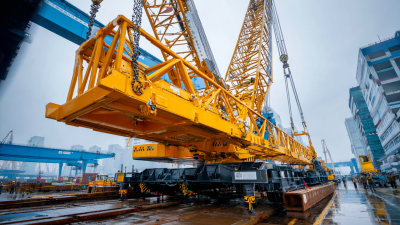As urbanization accelerates globally, the construction industry faces mounting pressures to enhance efficiency and productivity. A pivotal element in this transformation is the deployment of Tower Cranes, which play a crucial role in increasing the speed and scale of construction projects. According to a report by ResearchAndMarkets, the global tower crane market is expected to reach approximately $7 billion by 2027, driven by the rise in residential and commercial infrastructure development in urban areas. These machines not only optimize workflow on-site but also create safer working environments by maximizing lifting capabilities while minimizing labor costs. With a growing emphasis on smart construction techniques and sustainable practices, the future of Tower Cranes looks promising, poised to revolutionize urban development and significantly impact the efficiency of construction operations across the globe.
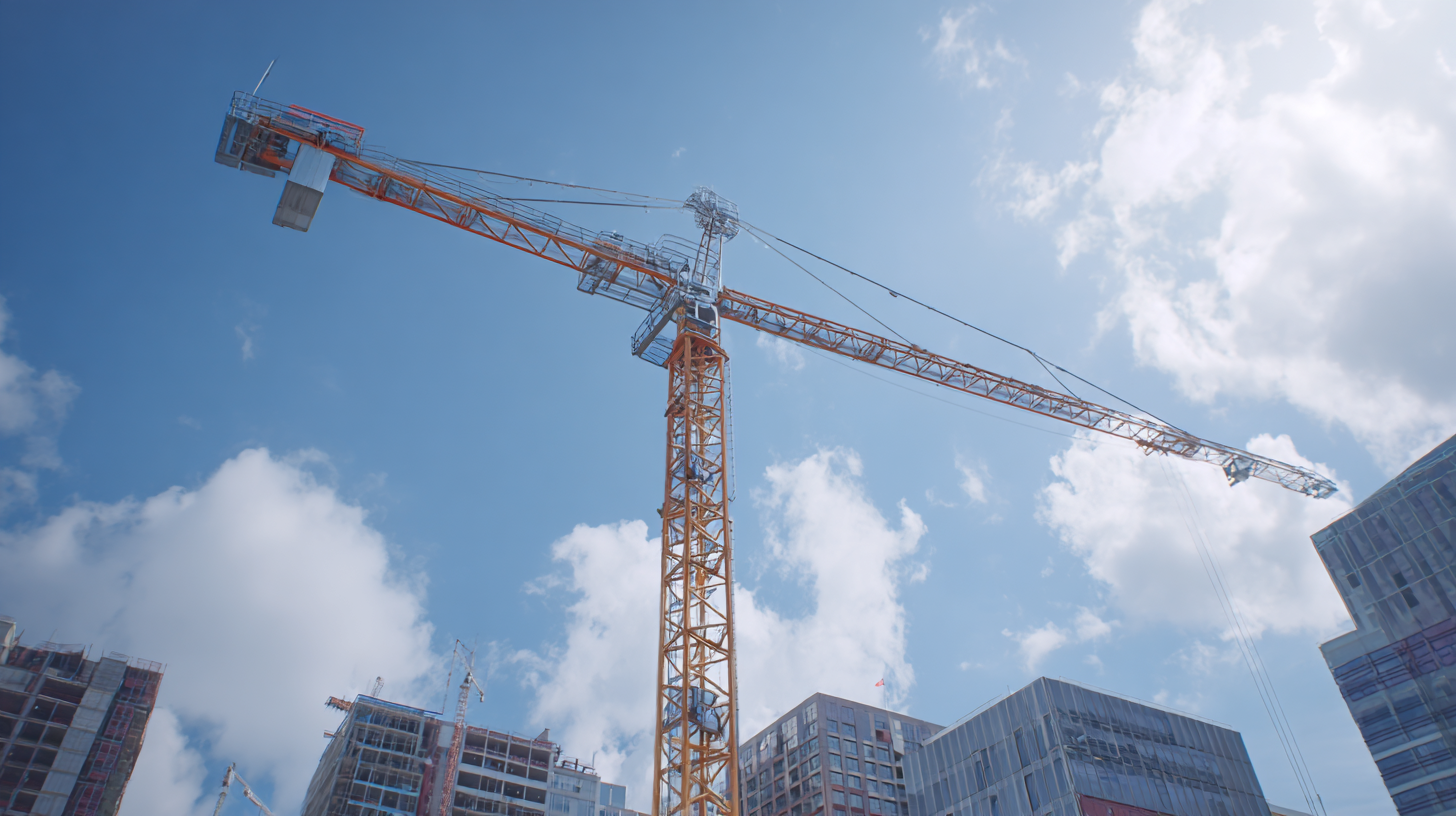
The construction industry is on the brink of a transformation, with innovative technologies paving the way for the next generation of tower cranes. Recent reports indicate that the global tower crane market is expected to grow at a compound annual growth rate (CAGR) of 5.4% from 2020 to 2027, fueled by urbanization and infrastructure development. Advanced features such as telematics, automation, and improved safety systems are not only enhancing operational efficiency but also addressing labor shortages in the sector.
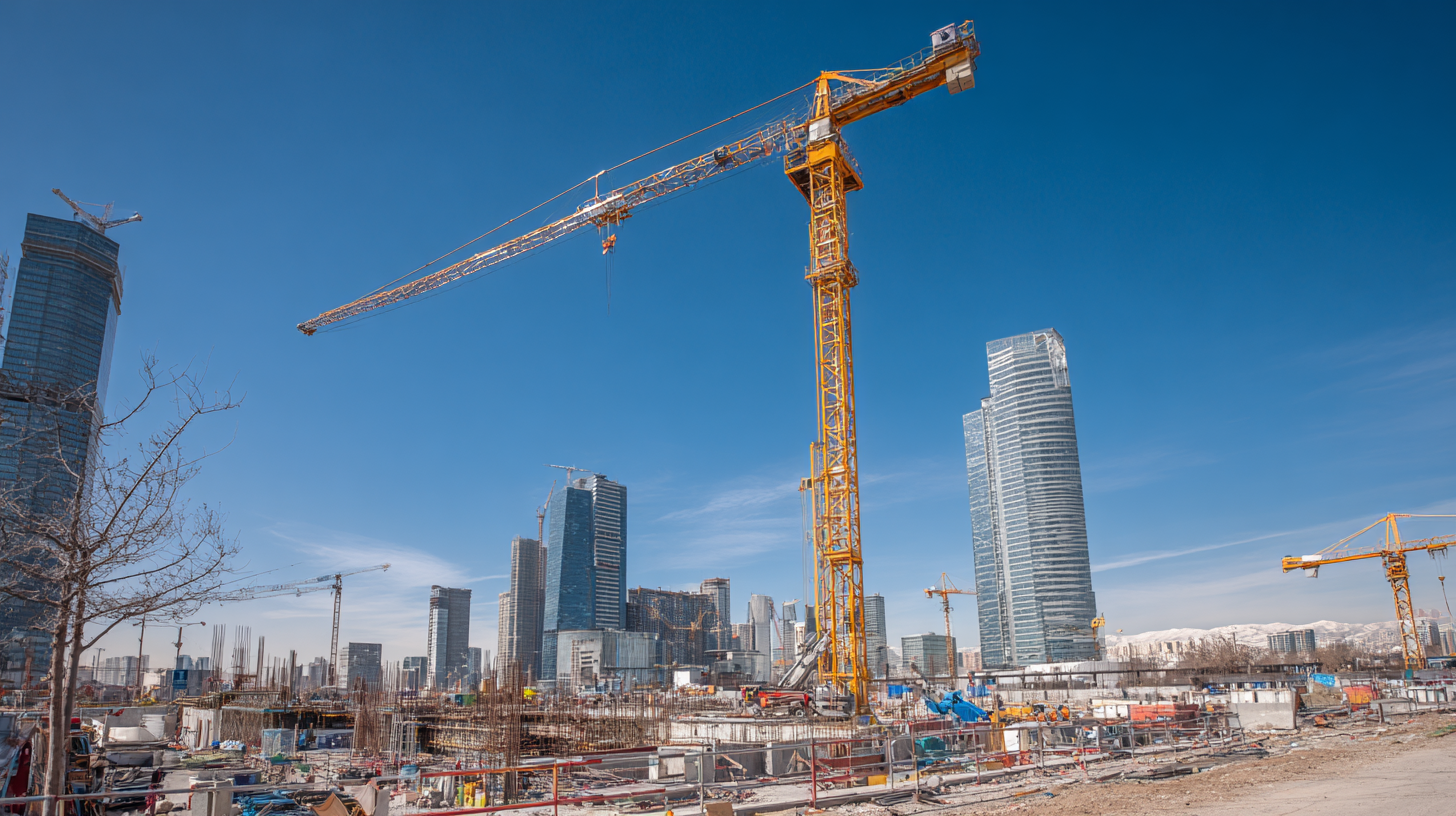
One of the most promising advancements is the integration of IoT and AI, allowing cranes to collect real-time data for better decision-making and predictive maintenance. According to a study by Research and Markets, these technologies can lead to a 20-30% increase in productivity compared to traditional crane operations. Additionally, augmented reality (AR) is being adopted for operator training, reducing onboarding time and ensuring safer job sites.
Tips: Consider investing in training programs that focus on the latest crane technologies to enhance your team's skills. Implementing a robust maintenance schedule that utilizes predictive analytics can significantly extend the lifespan of your equipment and reduce downtime. Engaging with suppliers who prioritize innovation can help keep your fleet competitive in an evolving market.
The advent of smart automation is poised to significantly enhance the operations of tower cranes, transforming their role in urban development.
With the integration of advanced technologies such as Internet of Things (IoT), artificial intelligence (AI), and machine learning, tower cranes can now operate with unprecedented levels of efficiency and precision.
These innovations facilitate real-time data collection and analysis, allowing cranes to adjust their movements dynamically based on environmental factors, load conditions, and project requirements.
Smart automation also streamlines communication between cranes and construction teams, minimizing the potential for human error.
Autonomous features enable cranes to execute tasks such as repositioning and load distribution without direct human intervention, which not only accelerates project timelines but also enhances safety on the construction site.
As cities continue to grow and become denser, the reliance on these automated systems will be crucial in maximizing construction efficiency while minimizing disruptions to surrounding urban life.
The future of tower cranes, characterized by smart automation, is set to redefine operational standards in the construction industry, paving the way for smarter, safer, and more sustainable urban development.
The urban construction landscape is undergoing a significant transformation, particularly in the realm of sustainability practices, where tower cranes are playing a pivotal role. As cities expand and vertical development becomes a necessity, the integration of eco-friendly building techniques is paramount. Tower cranes, with their ability to efficiently lift and position heavy materials, are essential in optimizing construction processes, lessening environmental impact, and promoting sustainable practices.
Emerging trends indicate that the tower crane rental market is set to reach substantial valuations in the coming years, reflecting the increasing urbanization and infrastructure demands. This growth is further spurred by advancements in technology that enhance operational efficiency and reduce waste. Sustainable urban development initiatives, like those seen in cities leading the charge in eco-conscious building, advocate for the use of innovative equipment, including tower cranes, to create smarter and more efficient construction environments. As the construction industry continues to evolve, the focus on sustainability, powered by advancements in tower crane technology, could redefine urban development paradigms globally.
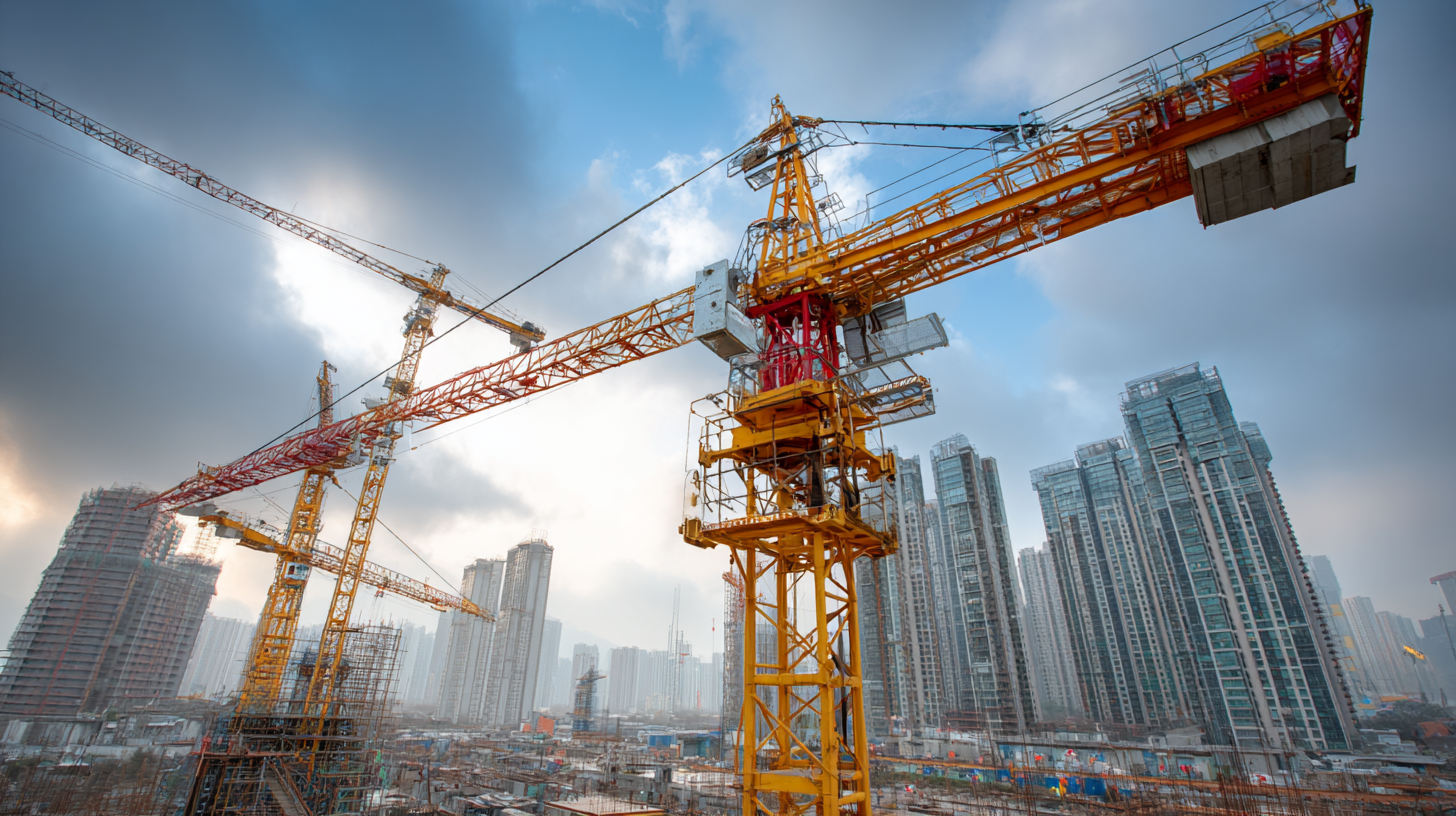
The evolution of tower cranes is shifting towards enhanced safety measures in design and operation, reflecting the industry's commitment to minimizing risks at construction sites. Innovative technologies are being integrated into crane systems, including advanced load monitoring and real-time safety analytics. These features allow operators to maintain awareness of the crane’s performance and make informed decisions in critical situations, thereby reducing the likelihood of accidents caused by human error or mechanical failure.
Moreover, modern tower crane designs incorporate improved stability mechanisms and materials that can withstand extreme weather conditions. Features such as enhanced braking systems and automatic shutdown protocols are now standard. These innovations not only protect workers on-site but also safeguard surrounding structures and pedestrians, contributing to a safer urban environment. As urban development continues to grow, investing in the safety enhancements of tower cranes becomes paramount to ensuring efficient and secure construction processes.
This chart illustrates the percentage increase in safety features implemented in tower cranes over the past few years, highlighting the focus on improving operational safety in urban development projects.
As urban areas continue to grow at an unprecedented rate, with the United Nations predicting that 68% of the world’s population will reside in urban regions by 2050, the construction industry faces unique challenges. Tower cranes, crucial for high-rise developments, must adapt to this evolving landscape. The future trends indicate a shift towards more compact, versatile designs that can navigate the constraints of urban environments. According to a report by Mordor Intelligence, the global tower crane market is expected to register a CAGR of 6.57% over the next five years, driven by rising skyscraper constructions and urban development projects.
To effectively tackle urban challenges, manufacturers are innovating with smart technology integration in tower cranes. For instance, the adoption of IoT and AI can enhance operational efficiency and safety measures, allowing for real-time monitoring and predictive maintenance. A case study by ResearchAndMarkets highlighted that incorporating automated systems can reduce labor costs by up to 30%, thus optimizing resource allocation in dense urban areas. Furthermore, the development of eco-friendly cranes, which minimize energy consumption and reduce carbon footprints, aligns with global sustainability goals, proving that urban development and environmental consciousness can go hand in hand.
| Feature | Current Capability | Future Trends | Urban Challenges Addressed |
|---|---|---|---|
| Load Capacity | 10 tons | Up to 20 tons | Handling larger structures in limited spaces |
| Height Reach | 50 meters | 100 meters | Constructing taller buildings in dense urban areas |
| Control System | Manual operation | Remote and automated control | Improving safety and precision in crowded environments |
| Energy Consumption | High (Diesel) | Low (Electric) | Sustainability and reduced carbon footprint |
| Mobility | Fixed position | Modular and mobile designs | Flexibility in changing construction sites |
